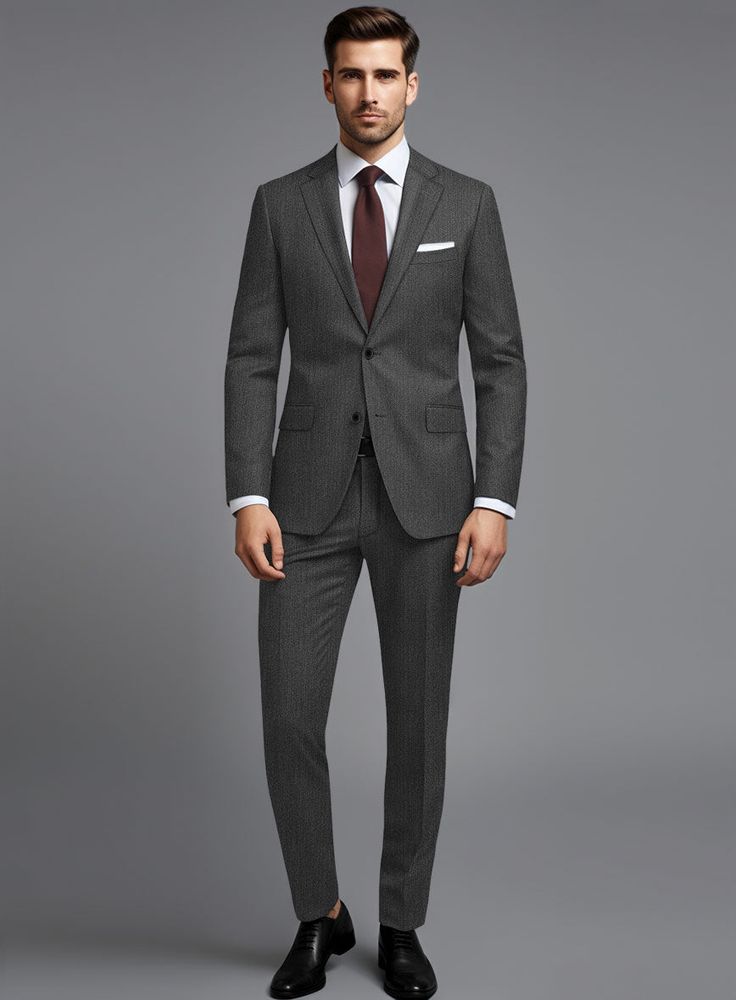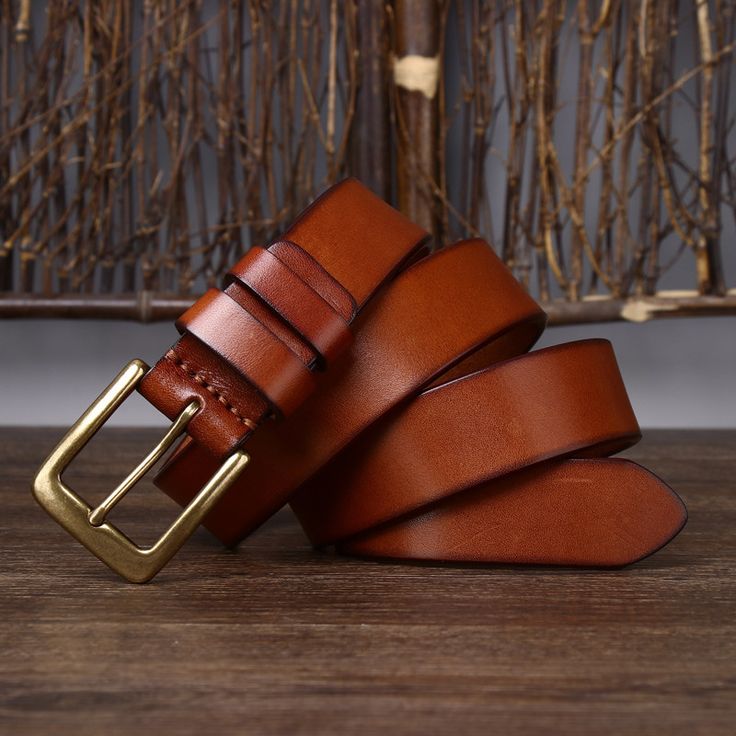Dressing well is an art form, and mastering it can elevate your confidence, enhance your personal style, and ensure that you are always appropriately dressed, regardless of the occasion. From casual outings to formal events, choosing the right attire can be daunting, but with a few basic steps, you can develop a dressing routine that works for every occasion. In this guide, we’ll break down the six essential steps to perfect dressing, helping you look sharp and stylish, no matter where you are headed.
Step 1: Understand the Occasion and Dress Code
The first and most important step to dressing perfectly for any occasion is understanding the nature of the event and its corresponding dress code. Every occasion has an expected level of formality, and knowing this is key to selecting the right outfit. There are a few main dress codes to keep in mind:
Formal Events

Events such as weddings, black-tie galas, and corporate functions typically require formal attire. For men, this usually means a tuxedo or a formal suit, while women may opt for a gown or cocktail dress. When attending formal events, elegance and sophistication are paramount.
Read More : https://www.topnotchbeautyessentials.com/6-simple-dressing-tips-for-looking-sharp-every-day/
Semi-Formal or Business Casual
For events that fall between formal and casual—such as office meetings, dinner parties, or networking events—business casual or semi-formal attire is appropriate. Men can wear dress pants, button-down shirts, and blazers, while women might choose a dress, skirt, or tailored pants with a blouse or jacket.
Casual Occasions
Casual events, like brunch with friends, a day at the park, or shopping trips, allow for more relaxed attire. Jeans, t-shirts, casual dresses, and comfortable shoes are great for these outings. However, you should still aim for a polished look, avoiding overly worn or sloppy clothing.
Themed or Special Events
For events like costume parties, festivals, or themed dinners, follow the specific guidelines of the occasion. Themed events give you a chance to have fun and get creative with your dressing, while still maintaining a sense of style.
Pro Tip: If you’re ever unsure about the dress code, don’t hesitate to ask the host or check the event’s invitation for any guidance.
Step 2: Choose the Right Fit
Fit is arguably the most important element of dressing well. No matter how expensive or stylish an outfit is, if it doesn’t fit properly, it won’t look good. Always prioritize clothes that fit your body shape and size to create a polished, flattering look.
Tailored Fit
For formal and semi-formal occasions, tailoring is your best friend. A well-tailored suit or dress will enhance your silhouette, making you look sharp and put together. Ensure your clothing is neither too tight nor too loose; instead, aim for a comfortable, flattering fit that allows for ease of movement.
Proportion and Balance
Pay attention to the proportions of your outfit. For example, if you’re wearing a fitted top, you can balance it with wider-legged pants or a flared skirt. On the other hand, if you’re wearing a voluminous top, opt for more streamlined bottoms to create a balanced look.
Know Your Body Type
Understanding your body shape can help you choose cuts and styles that highlight your best features. For example, if you have an hourglass figure, belted dresses or tailored jackets can emphasize your waist, while for a rectangular body shape, creating curves with structured pieces can enhance your overall look.
Pro Tip: Visit a tailor if you find that your clothing doesn’t fit exactly right. Small adjustments can make a big difference in how your outfit looks and feels.
Read More : https://www.topnotchbeautyessentials.com/cultural-influences-on-the-art-of-dressing-around-the-world/
Step 3: Select Colors That Complement Your Skin Tone
Color plays a significant role in how your outfit looks and how it makes you feel. The right colors can brighten your complexion, make you appear more vibrant, and enhance your overall appearance. When selecting colors, consider both the occasion and your personal skin tone.
Warm Skin Tones
If you have warm undertones, earthy colors like olive, mustard, and terracotta will complement your complexion. Warm reds, oranges, and yellows are also great options for adding a pop of color.
Cool Skin Tones
Cool undertones look best in jewel tones such as emerald green, sapphire blue, and ruby red. Icy pastels and cool neutrals like gray and navy also complement cool skin tones.
Neutral Skin Tones
People with neutral skin tones can pull off both warm and cool colors. Experiment with a range of shades to see which hues enhance your natural glow.
Consider the Occasion
For formal events, darker colors like black, navy, and charcoal are often preferred, while lighter, brighter colors work well for casual and daytime occasions. In the office, neutral tones like beige, white, gray, and navy project professionalism, while bolder hues can be used to express personality without going overboard.
Pro Tip: If you’re ever unsure about color choices, stick to classic combinations like black and white, which are always stylish and appropriate for any occasion.
Step 4: Pay Attention to Fabrics and Textures
Fabric choice can drastically change the look and feel of your outfit. Choosing the right fabric for the occasion is essential to staying comfortable and looking appropriate.
Formal Fabrics
For formal events, opt for luxurious fabrics like silk, satin, velvet, or lace. These fabrics exude elegance and are perfect for black-tie events or special occasions.
Business Fabrics
For business settings, choose structured and durable fabrics like wool, cotton, or gabardine. These fabrics convey professionalism and are appropriate for the office or formal meetings.
Casual Fabrics
Casual occasions allow for more laid-back fabrics like denim, linen, cotton, or jersey. These fabrics are comfortable, breathable, and ideal for relaxed settings.
Mixing Textures
Experiment with mixing textures to add dimension to your outfits. For example, pairing a silky blouse with a wool skirt or a leather jacket with a cotton dress can create an interesting contrast that adds depth to your look.
Pro Tip: When attending an event in extreme weather, choose fabrics that align with the climate. Lightweight fabrics like linen are great for summer, while wool and cashmere keep you warm during colder months.
Step 5: Accessorize Thoughtfully
Accessories can transform even the simplest outfit into something extraordinary. The key is to choose accessories that complement your outfit without overwhelming it.
Jewelry
For formal occasions, opt for elegant, understated jewelry like pearls, diamonds, or gold accents. For casual settings, you can play around with statement pieces like bold necklaces, chunky bracelets, or oversized earrings.
Belts

Belts not only add structure to your outfit but also act as a stylish accessory. Use a belt to cinch in your waist on dresses or to add a polished touch to your trousers.
Scarves
A scarf can add both warmth and style to an outfit. For formal events, a silk scarf can enhance your look, while for casual outings, a cozy wool scarf can add a stylish touch while keeping you comfortable.
Bags and Shoes
Choose a bag and shoes that match both your outfit and the occasion. For formal events, a sleek clutch and classic heels work best, while for casual events, a crossbody bag and stylish flats or sneakers are a great choice.
Pro Tip: Stick to the rule of “less is more” when accessorizing. A few carefully chosen accessories will enhance your look without overdoing it.
Step 6: Pay Attention to Grooming and Presentation
Even the most stylish outfit can fall flat if personal grooming is overlooked. Ensuring that you are well-groomed and polished is essential to perfect dressing.
Hair and Makeup
For formal events, aim for a sleek hairstyle and polished makeup. For casual outings, more relaxed hairstyles and natural makeup are appropriate. However, always ensure that your hair is clean and styled, and your makeup complements your outfit and the occasion.
Personal Hygiene
Good hygiene is a must. Ensure that your clothes are clean, pressed, and free of wrinkles. Pay attention to details like well-manicured nails and fresh breath, which add to your overall presentation.
Confidence
Finally, confidence is the best accessory you can wear. No matter what outfit you choose, wearing it with confidence will make you look and feel better. When you feel good in your clothes, it shows.
Pro Tip: Plan your grooming routine ahead of time, especially for formal events. Make sure to have enough time to prepare without feeling rushed.
Conclusion
Perfect dressing for every occasion is all about understanding the event, choosing the right fit, selecting complementary colors, and paying attention to fabrics, accessories, and grooming. By following these six steps, you can develop a timeless and adaptable style that will keep you looking polished, confident, and ready for any occasion.



